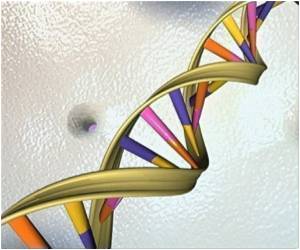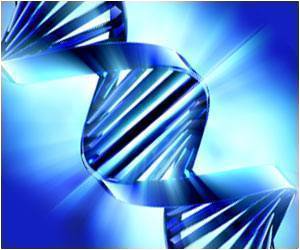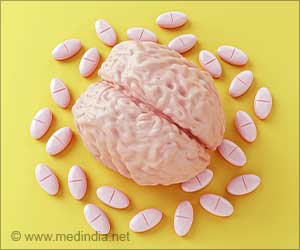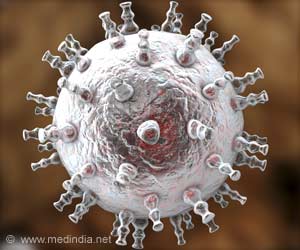Striking similarities exist between the DNA repair systems of bacteria and humans than what was believed.

When the chemical "letters" in a cell's DNA book of instructions are damaged the instructions become difficult to read and the cell may not function properly.
Because it is impossible to avoid DNA damage, cells have evolved many mechanisms for repairing their damaged genomes. Like council crews repairing damaged roads these DNA repair mechanisms employ individuals with different specialities: sometimes all that is needed is a small patch on the DNA, like filling in a pothole, other times large sections of the DNA need to be removed entirely and replaced.
The repair systems need molecular machines that can detectmolecular machines the DNA damage in the first place, machines that can cut away the damaged DNA, and machines that can finish the repair by building new undamaged DNA.
All of these must work together in an organised fashion to carry out these very intricate repairs, and so they also require machines that take the part of foreman and co-ordinate the work of the others.
When DNA is heavily damaged, cells from humans to bacteria ensure the sections that are being read at that moment (in a process called transcription) are repaired before sections that aren't being read.
Advertisement
The team found that different proteins take responsibility for spotting damage in different situations, and explained how one of the central machines is able to turn itself off when it is not working, in order to decrease the "fuel consumption" of the system.
Advertisement
Source-ANI














